The FIA will utilise a two-pronged approach to monitor Formula 1 car designs under the new rules both to close loopholes and to clamp down on unforeseen designs that undermine the objectives of the 2022 regulations.
The new rules were conceived to increase what F1 sporting boss Ross Brawn referred to as the “raceability” of the cars by reducing turbulence that prevents cars following each other, and therefore increase overtaking. This is achieved by attempting to simplify, control and redirect the turbulent airflow structures.
The two threats that could undermine the regulations can be broken down into two broad categories.
Firstly, there is the possibility of unexpected interpretations of the wording of the regulations being used to create the opportunity to do something that was supposed to be excluded.
Secondly, there could be unintended consequences of the way the regulations have been framed that only become apparent once the troublesome designs are either revealed or understood.
While Brawn is optimistic teams won’t unexpectedly deploy design ideas that exploit loopholes in the regulations, he believes F1’s governance system – as established under the current Concorde Agreement signed in 2020 – makes it possible to take swift action.
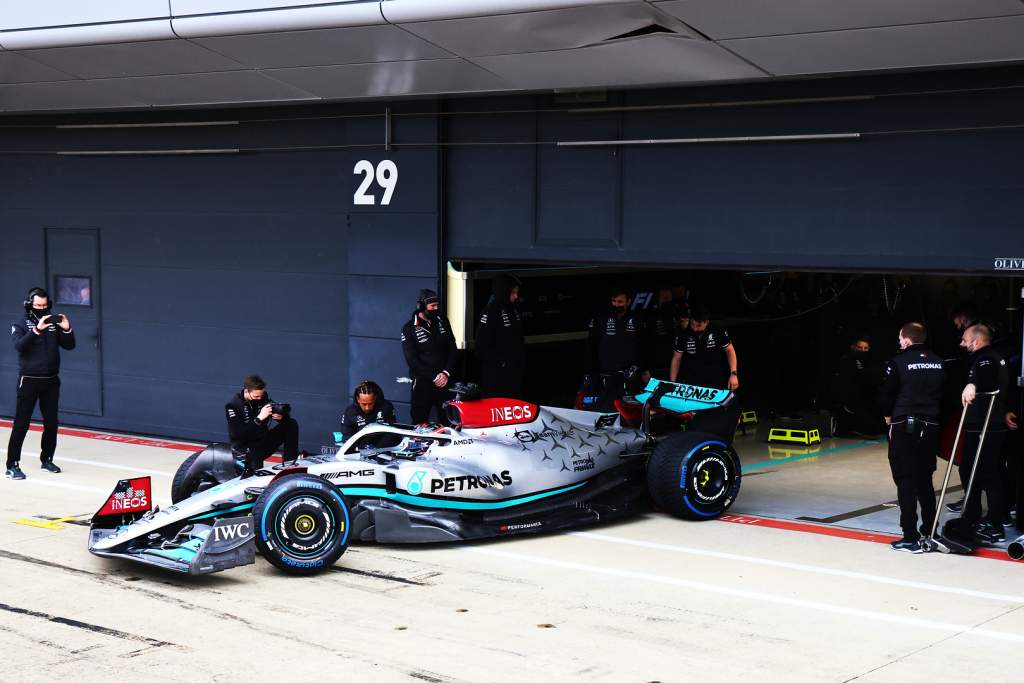
F1’s governance allows for in-season changes of the rules without the unanimity that was required under the old system. Now, should the FIA and F1 want to make a tweak, it will require only eight out of 10 in team voting to push through an immediate change.
Brawn also believes the threat of this is a deterrent to teams that will increase the chances of such ideas being discussed with the FIA in advance, meaning anything problematic can be nipped in the bud.
“There’s no guarantee that something may occur that we just haven’t anticipated,” said Brawn. “And I think if it is going to occur, you won’t see it in Barcelona, probably someone will spring it on Formula 1. But actually, I don’t think that will be the case.
“The regulations are pretty robust, but you can never say so. That’s part of the reason why the governance has changed.
“The governance has not just changed in order to be able to change the rules short-notice, the governance has changed because teams know you can change the rules short-notice. So they’re far more likely to want to be comfortable with their ideas or concepts before they release them.

“It’s a circular thing. If you know that eight teams, the FIA and F1 could stop you doing something if they feel it’s wrong, then you’re a bit more circumspect in doing it knowing that could be an issue.
“The governance is something which also gives another layer of protection.”
There will also be a reaction to anything that compromises the aerodynamic objectives of the regulations.
This will be monitored both by the FIA’s technical team and F1 itself as part of an ongoing process that will kick off when pre-season testing begins.
Brawn argues that this gives him optimism that F1 can better control the technical direction taken by teams than in the past, ensuring the rules will remain effective in achieving their objectives.
“As the cars start to appear, we can analyse how they’re achieving their performance and we can evolve it,” said Brawn. “We can start to tune the regulations to keep it going in the right direction.
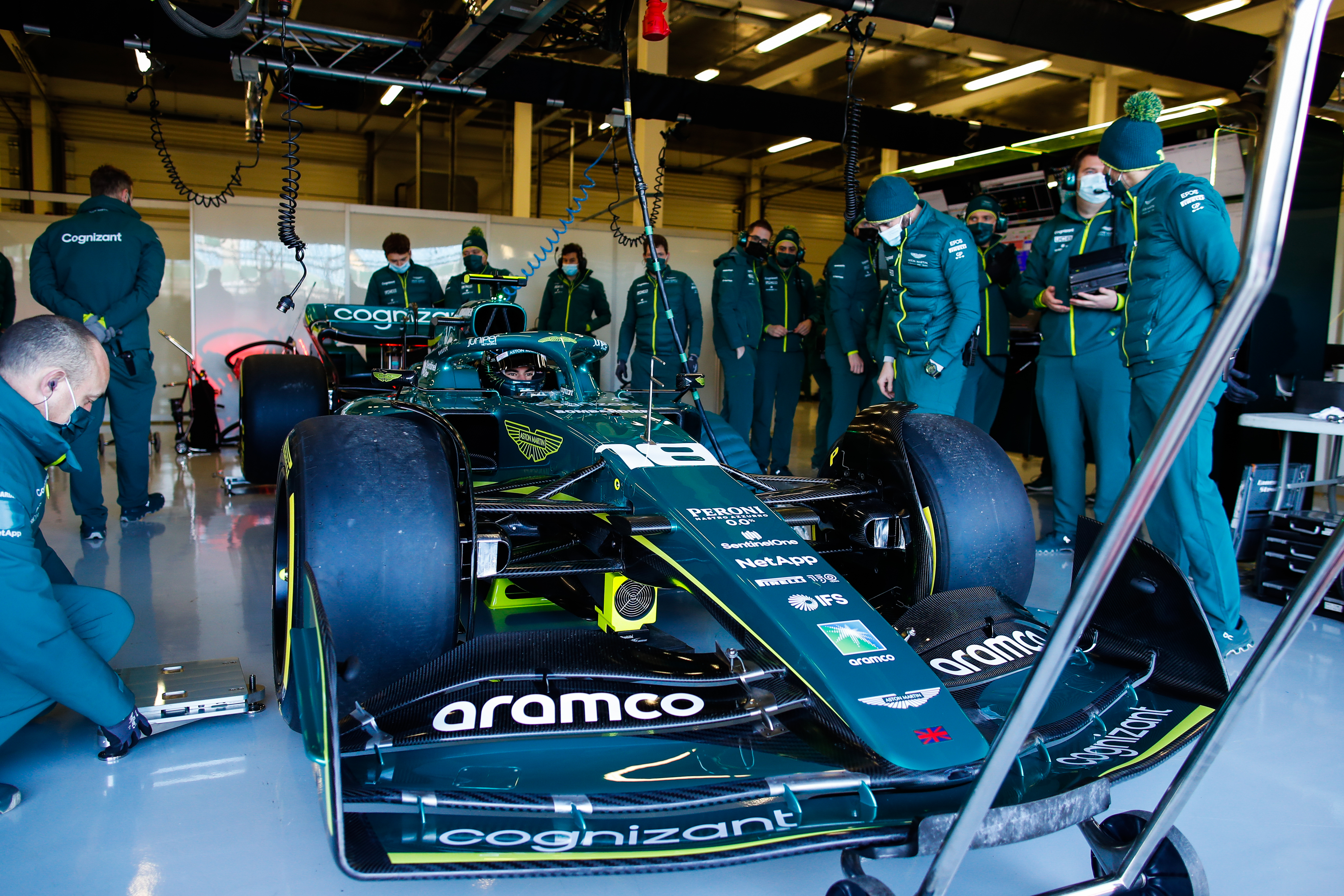
“Even things like the governance system, where we don’t need 100% agreement to change the rules during the season, will have an impact on our ability to adjust things during the season.
“If something comes along that’s horrible and we definitely don’t want and it’s causing problems, well, theoretically, as long as eight teams agree, and the FIA agree, and Formula 1 agree, we can change it, which we couldn’t do before.
“There have been changes on so many fronts. It gives me even greater optimism for the future, that we’re going to have a stronger and better Formula 1 going forward.”
Using the example of flexible bodywork that passes load testing but gives an advantage on track as an example, the FIA’s single-seater technical head Nikolas Tombazis explained that all aspects of the cars will be closely monitored.
Should something that was not “properly predicted” arise, there is the potential to modify the regulations in case of abuse.
“We will be always keeping an eye on any flexibility that takes place and we will be imposing where necessary tests to reduce such effects and so on,” said Tombazis.
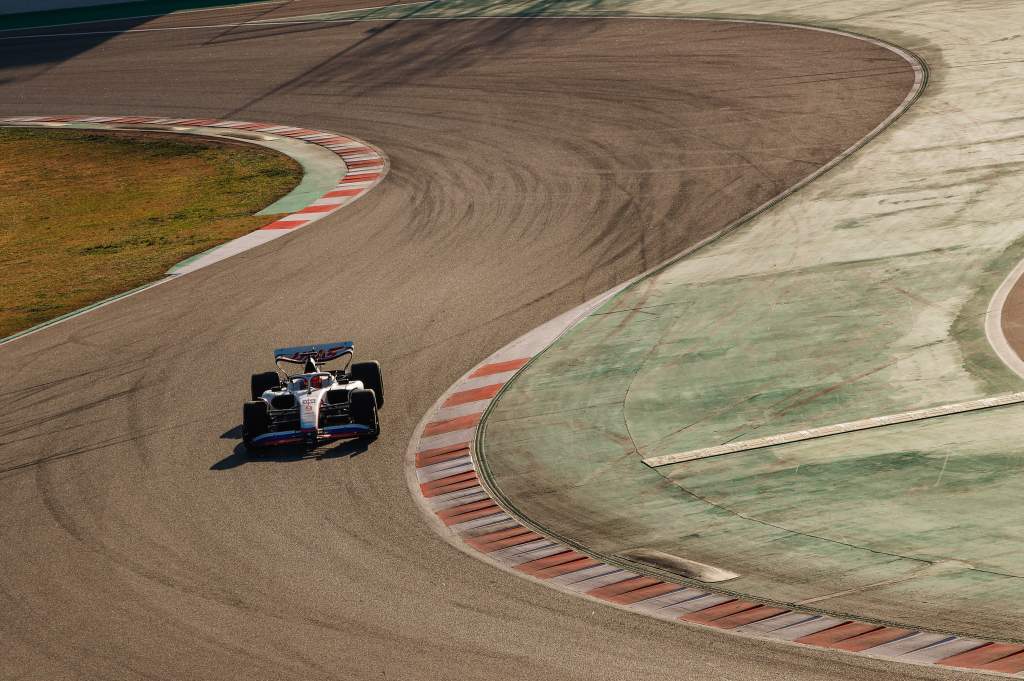
“With the new regulations, it is inevitable that there may be some areas which were not properly predicted in terms of flexibility that may have to be enhanced as we go along.
“And we will not hesitate to do that. The rules permit us to intervene if we find that some abuse is taking place in certain areas.”
F1 boss Ross Brawn promised a quick response in such cases, with fixes possible “overnight”.
However, in the case of bodywork flexibility he also warned that there inevitably has to be some elasticity.
The FIA will monitor this to ensure that teams are not going to extremes, or exploiting unexpected areas that are particularly significant under the new rules.
“Aeroelasticity is something which we can’t avoid in Formula 1,” said Brawn. “It’s been there for a very long time, [from] when engineers started to appreciate the performance gains that could come from building in flexibility to various parts of the car. It goes back donkey’s years. So it’s something the FIA will always have to stay on top of.
“But the regulations do allow a quick response from the FIA. And with all the analysis that’s possible, you can pretty quickly pick up on what teams are doing. The level of photography and video analysis and all sorts of things, and the teams are really on top of each other with this aspect. They’re all almost self-policing each other.
“So the moment there’s an issue, they start to raise their flags. The FIA will very quickly know about any areas of concern, and I’m sure can deal with it and have the capacity to deal with it very quickly overnight.
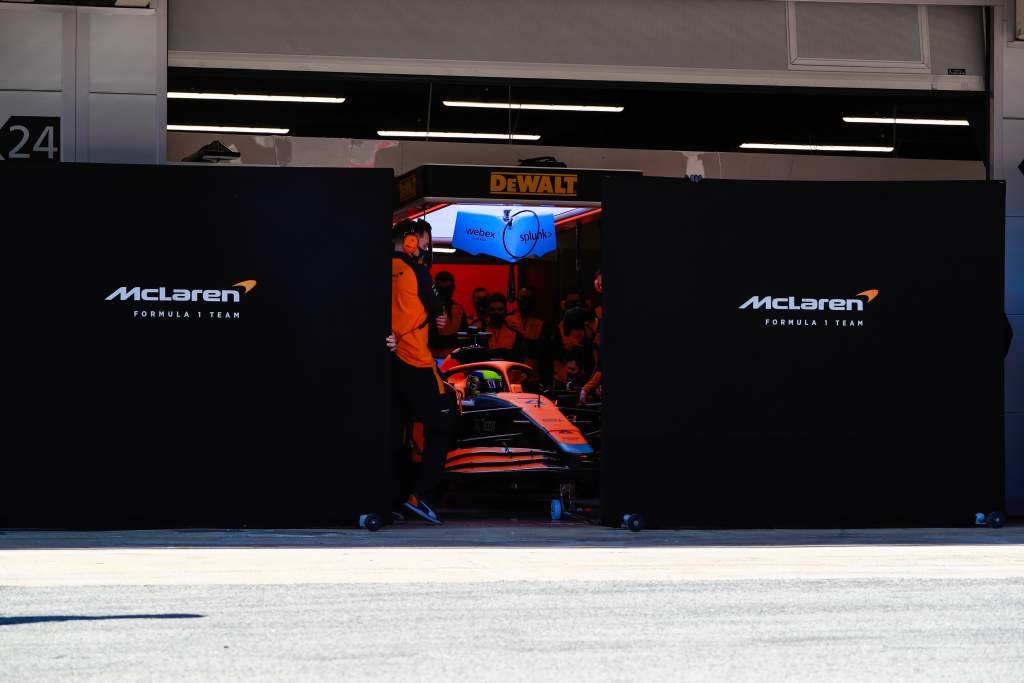
“Until we start racing these cars, we won’t fully understand the most sensitive areas or what people are up to. But it is part of a Formula 1 team’s armoury to let things flex as far as they were allowed.
“And it’ll never change. You can’t uninvent that. So that will be a topic, but no different than what it has been for the last few years.”
The FIA and F1, which collaborated in the framing of the regulations that were originally planned to be introduced in 2021 before being put back a year thanks to the COVID-19 pandemic, have gradually refined the rules to eliminate any suspect loopholes and increase the robustness of the technical regulations in achieving its objectives.
Although pre-season testing only begins this week, this process has been ongoing while the new cars have been in development.
Teams and the FIA have been in regular contact about the regulations and any potentially contentious design ideas.
This process will continue as the season gets under way, with rigorous checks of every aspect of the car design to ensure not just the letter of the law, but the intention of the regulations, is not circumvented.
“In the checks we do with cars with each team individually, we literally go through the whole car from the absolute nose to the absolute tail,” said Tombazis.
“That process, going through all the regulations and checking everything, takes quite a few hours.
“It takes five or six hours to sit down and go one by one and make sure they’re all complying on everything, and so on.
“We don’t focus on one area of the car, we check to make sure that every aspect has been properly formed.”
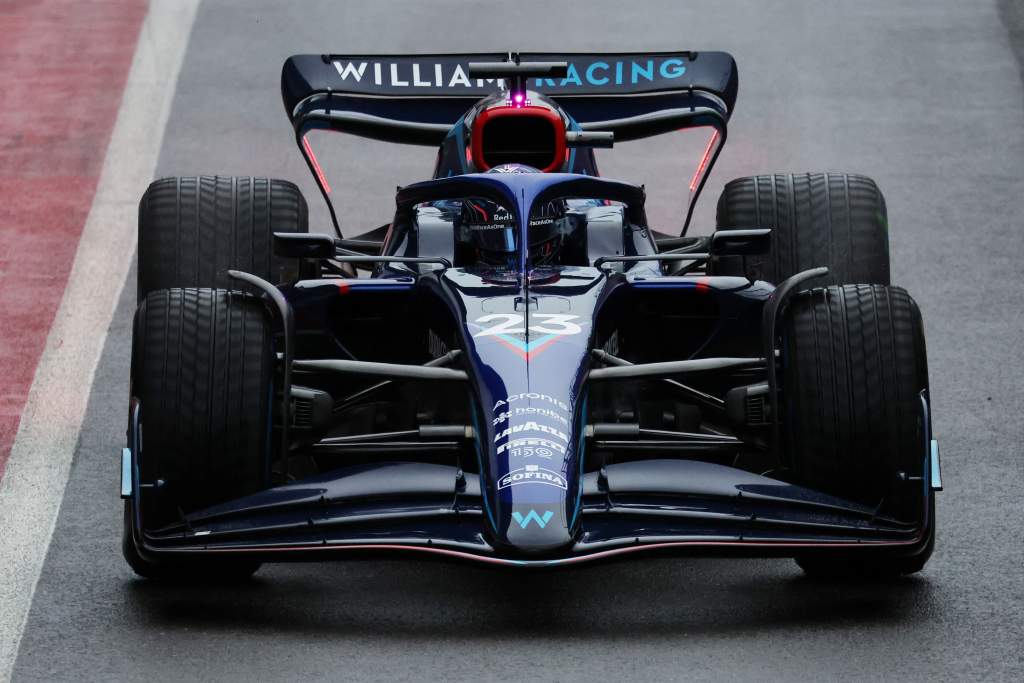
In addition to making immediate changes, the FIA still has scope under the regulations to make “new systems or technologies” illegal the year after they are introduced.
This rule, Article 1.5 of the technical regulations, is less to do with the aerodynamic design but intended for broader ideas and systems that are legal. It allows teams to benefit from such systems for a season before they’re outlawed.
This approach was used to ban the Mercedes DAS system after 2020.





